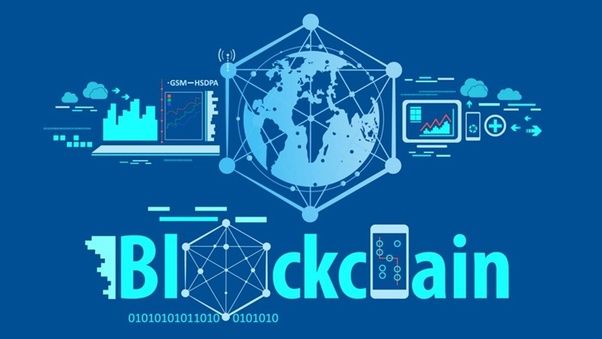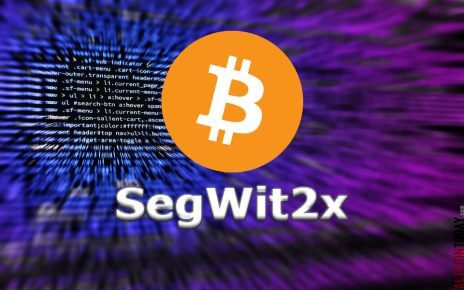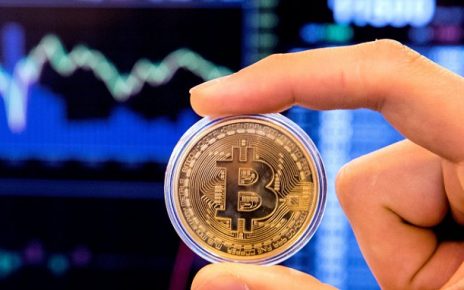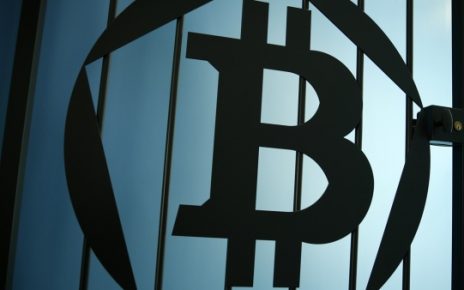Both artists and art collectors are suffering from consequences caused by the forgery of artworks. The blockchain technology could improve this situation, as we can see in the case of Verisart, a platform whose goal is to certify and verify artworks by using the Bitcoin blockchain network.
According to Bloomberg, the blockchain technology is used to register artworks. The Verisart platform uses the Bitcoin blockchain network to verify the origin and authenticity of artworks, as explained by Robert Norton, the founder of the platform. He added that the problem of verification was as old as the art itself.
The lack of confidence and the problems to verify the artworks affect the artists as well because their artworks can be forged and the royalties go to the forgers and not to the artists. Moreover, art collectors are affected because they are spending a lot of money to acquire a forged artwork. This is the main problem on the art market, especially when it comes to paintings and sculptures.
According to Norton, many buyers refuse to buy artworks whose origin cannot be verified: “When it comes to art, there’s a higher hurdle of trust that you have to clear, you have to know that what you’re buying is real. Art is the second-largest unregulated market after illicit drugs and it’s significantly overshadowed by fraudulent activity. You can accelerate trust and liquidity by providing better standards for verifiable, global certification.”
It is estimated that the global black market of art surpassed six billion dollars on a yearly basis, with around 80% of this amount linked to forged artworks.
This is why Versiart is trying to solve the aforementioned problems by paying special attention to the fight against the forgery of artworks. The startup was found back in 2015 and a number of artists are using the platform already. One of them is Philip Colbert, who features figures from pop culture in his paintings, furniture and images. Colbert was trying to find a way to authenticate his artworks when he met Robert Norton, the founder of Verisart: “I had a dealer in Japan who had been telling me I needed to have better forms of certification for my artwork, because people are buying art as an investment. Art is a currency in a way; at the end of the day when they come to auction, the provenance is a very important element of their value.”
There are some problems with this solution though. Some collectors wish to remain anonymous and would not like to share their information in such as public way on a blockchain network.
The use of the blockchain technology to verify the authenticity of the paintings and sculptures could impulse the online market, which currently presents only 8% (around 5.4 billion dollars) of the global art market. Various galleries around the world are adopting this emerging technology and other technologies as well. There are online art galleries that accept payments in cryptocurrencies.
On the other hand, the blockchain technology is making changes in the way the copyright is managed. The United States Department of Commerce is considering using the blockchain technology for intellectual property. Last year, Viacom formed an alliance with JAAK to protect the copyrights of the creators.




